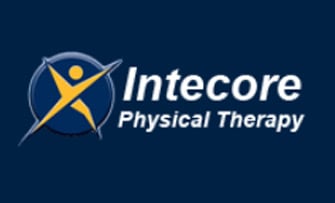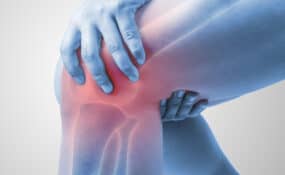Chronic Pain
Adam Skrove MPT, OCS
Pain can be categorized as either chronic or acute. Chronic pain is pain which lasts longer then 3-6 months or pain extends longer than the expected time for healing. There are believed to be 116 million Americans living with chronic pain.
Acute pain is very important and can be compared to a danger alert system for your body. When you touch something hot, skin receptors communicate information to the spinal cord where it reaches junction boxes and is subsequently redirected. In the hot object scenario, the junction box function is twofold: tell the muscles to get the hand away and tell the brain that you are in pain.
With chronic pain, the junction boxes become sensitized and send off messages too easily and potentially in a misinforming way. This can lead to the sensation of pain when a new injury is not present. This can be compared to an electric guitar. With an electric guitar, there are pickups which act like sensory receptors. These pickups transmit vibrations from the strings to the amplifier. Foot switches can be used to modify the signals so you get very different sounds from the guitar. These controls allow for dramatic differences in sound through the electrical modulation of the signal from the guitar. Likewise, a nervous system which is sensitized can do the same in situations of chronic pain. Things such as anxiety, being stressed, or being overtired can alter the pain sensation by “tweaking the system” or “turning up” the pain signal, similar to the electric guitar.
There is evidence to show that understanding this pain cycle can be very helpful for chronic pain sufferers. Understanding that you are not to blame for your continuing pain is very important. Also, understanding this pain cycle allows physical therapists to prescribe treatments which will prevent excessive loading of structures which can sensitize the system thus improving function and overall quality of life.
Adapted from Christensen N, Jones MA, Edwards I. Clinical Reasoning and Evidence-based Practice. Current Concepts of Orthopaedic Physical Therapy, 3rd Edition. 2011.
- Why Regular Body Maintenance is Crucial for Long-Term Health - April 21, 2024
- 3 Things Aggravate Knee Pain After Biking and How to Ease It - April 14, 2024
- Runners Knee Stretches: Top 5 Stretches Every Runner Needs to Know - April 7, 2024














